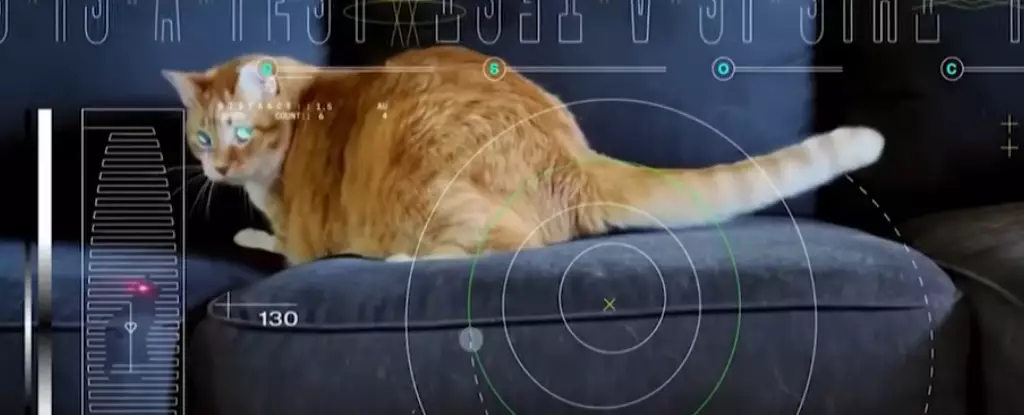In an era where communication technology dictates the progress of space exploration, NASA’s Psyche mission to an unusual metal-rich asteroid marks a significant advancement in how we can transmit data across vast distances. Utilizing a sophisticated method reminiscent of historical signaling techniques, the mission demonstrates how far we have come in space communication technologies, contrasting the primitive tools of the past with cutting-edge innovations. By employing lasers instead of conventional methods, NASA sets the stage for a new era in deep space exploration.
Communication, historically symbolized by ships passing in the night using Morse code, has evolved remarkably since its inception. Today, as we look skyward, the distance between Earth and distant celestial bodies like Psyche—over 240 million miles—poses a significant challenge for relaying information. In response to this, NASA has leveraged advanced laser technology that allows for data transmission not just at remarkable speeds, but also with enhanced clarity over vast distances. This marks a departure from traditional radio frequency communications that have defined deep-space missions for decades.
One of the most remarkable aspects of the Psyche mission is its data transmission rate. During its initial Phase I operations, Psyche recorded data rates of 267 megabits per second when at a relatively closer distance, akin to the experience of wired broadband connections back on Earth. The utilization of infrared light as a communication medium stands out because it can carry significantly more data than radio frequencies. As a result, this advancement not only allows for high-speed communication but also prepares future missions for an era where massive amounts of data can be shared almost instantaneously.
However, distances play a crucial role in communication efficacy. When Psyche reached a distance of 390 million kilometers, which is roughly the maximum separation between Earth and Mars, the data transfer rate decreased to 6.25 megabits per second. While this is far slower than its peak rate, it still surpasses rates delivered by traditional radio systems under similar conditions, illustrating the limits and capabilities of this new laser communication technology.
As surprising as it may sound, amidst the scientific advancements and rigorous data tests, NASA seized an opportunity to deliver a dose of humor. Among the packets of data sent back from Psyche was an ultra-high-definition video of a cat named Taters energetically chasing a red laser pointer. This light-hearted moment not only ensures that communication is tested robustly under varied conditions but also serves as a delightful benchmark for assessing bandwidth utilization in space. In essence, what better way to demonstrate a high-speed connection than through a playful video that ignites joy and provides a sense of normalcy amid the complexity of space missions?
The conclusion of Phase I marks a vital step in proving the feasibility of laser communications in deep space. As the mission looks toward further operations, with Phase II scheduled to commence in November, the Psyche team aims to ensure that this sophisticated communication system sustains itself for over a year. By aiming for full operational capability by late 2024, the project allows ample preparation before its arrival at the target asteroid in 2029.
Moreover, the mission has a safety net: a backup radio frequency communication system, which despite being slower, offers a reliable alternative in case the laser technology encounters issues. This dual-system approach reflects a well-rounded strategy, ensuring the continuous flow of crucial data back to Earth.
The Psyche mission not only propels deep space exploration but transforms our understanding of communication technologies. By embracing laser communications and showcasing innovative methods to transmit data, NASA sets a progressive standard for future missions, and along the way, proves that even in the cosmos, humor is an essential part of the journey.


Leave a Reply